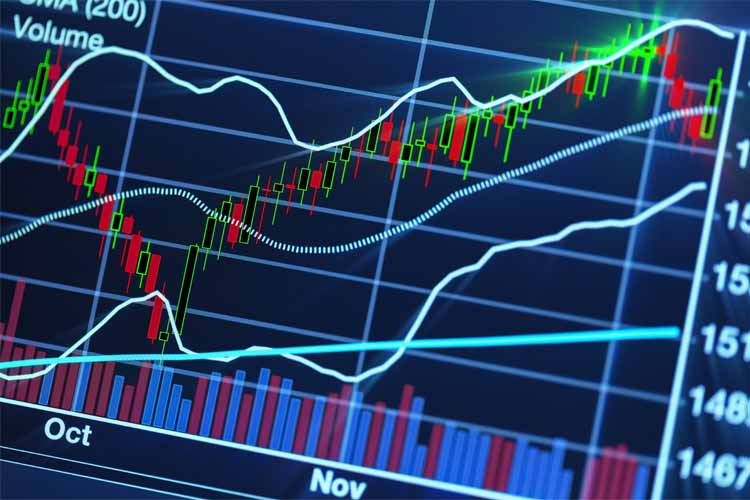
The Nasdaq-100 Index just bumped into an under-the-radar round number
Regular followers of our technical analysis are well aware that we tend to favor "under the radar" indicators -- say, the 320-day moving average over the 200-day, or the Relative Momentum Index (RMI) over the Relative Strength Index (RSI). By incorporating these less-popular metrics into our chart studies alongside the "usual suspects," we've found we can more easily maintain an edge over the rest of the technical crowd in pinpointing prime buying and selling opportunities.
To that end, we've previously extolled the virtues of tracking what we refer to as "hidden" round numbers. Even the greenest technician is surely aware of the psychological resistance a stock might encounter when approaching the $100-per-share level for the first time, or an index on its initial trips up to a new four- or five-digit millennium mark. But in our experience, stocks can experience similar congestion around "quieter" round numbers that are easy to miss, if you're not paying attention.
Some of these include round-number percentage returns, such as the price point coinciding with a 10%, 20%, or 50% gain or loss from a recent or all-time high or low. And you may have also seen us point out the significance of per-share price levels corresponding with major round-number market capitalizations.
Now, there was nothing particularly "under the radar" about last week's action in the Nasdaq-100 Index (NDX) around 7,500 -- a century level that's about as clear-cut a "big round number" as you're likely to encounter. The tech-focused benchmark rallied as high as 7,505 intraday on Thursday, before paring its gains to end the session at 7,493. It was NDX's first touch of 7,500 since Oct. 5, and it was followed by a sharply lower open on Friday. All things considered, we feel comfortable calling this a "firm rejection" at the round 7,500 century level, with this now emerging as a likely short-term resistance level to watch for NDX.
But Schaeffer's Quantitative Analyst Chris Prybal points out that the tech tracker's smackdown from the imposing 7,500 area actually coincides with its latest test of another -- considerably subtler, but perhaps no less formidable -- "big round number." Since the early months of 2018, the percentage of NDX components trading over $100 per share has consistently topped out around 50%. And when this percentage has peaked over 50%, per the accompanying chart, it's occasionally been a signal of significant buying exhaustion, as a relative preponderance of index's member stocks attempt en masse to make their first-ever foray into triple-digit territory. (As perhaps even novice chart analysts are likely aware, that initial move from two digits to three, or three to four, is a few orders of magnitude more laden with significance than the subsequent century and millennium levels "achieved" thereafter.)
Notably, Friday's sell-off occurred after a period of this indicator hovering right at or below that 50% barrier -- as opposed to spiking above it, which is what we saw in the weeks and months preceding the sharp fourth-quarter downturn. But we'd still venture to say that this is one "hidden round number" indicator worth bringing to the forefront.

Subscribers to Bernie Schaeffer's Chart of the Week received this commentary on Sunday, March 24.